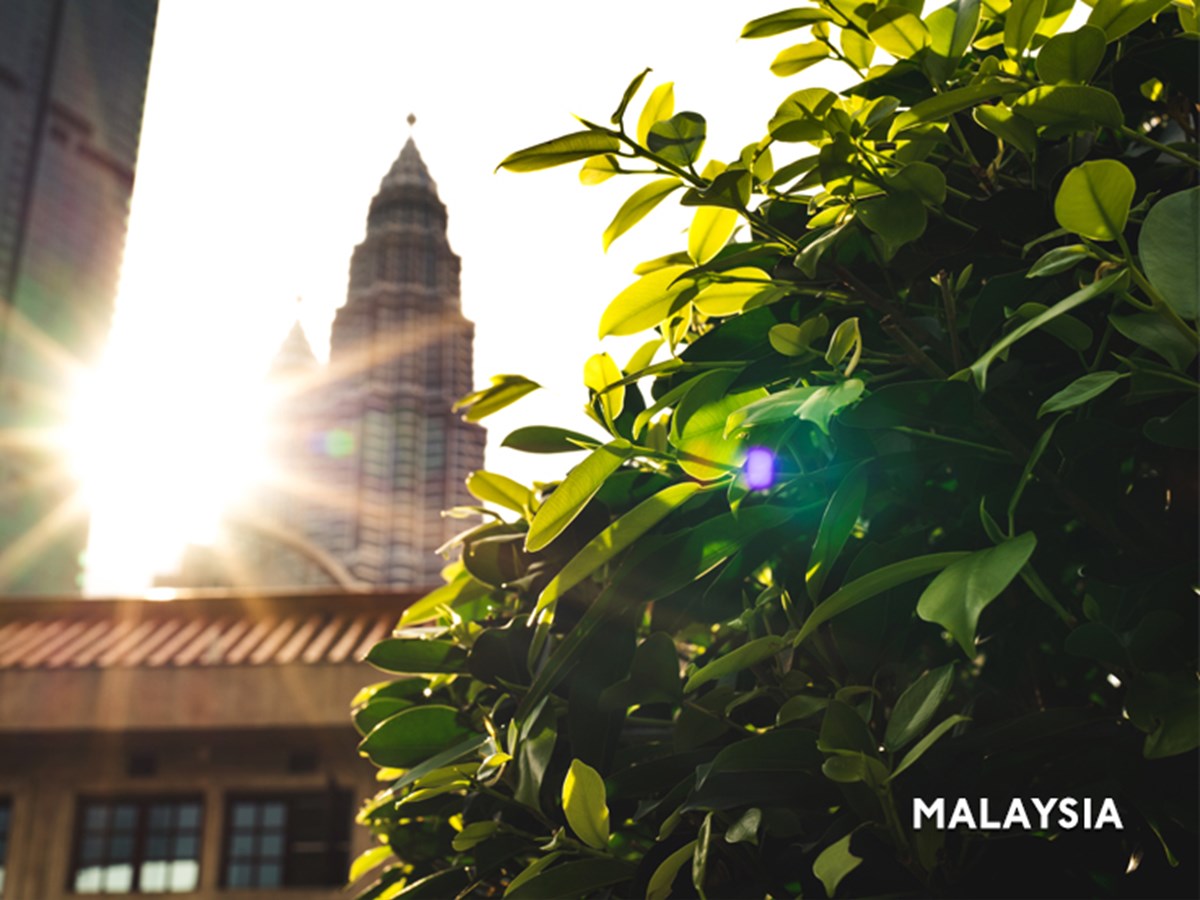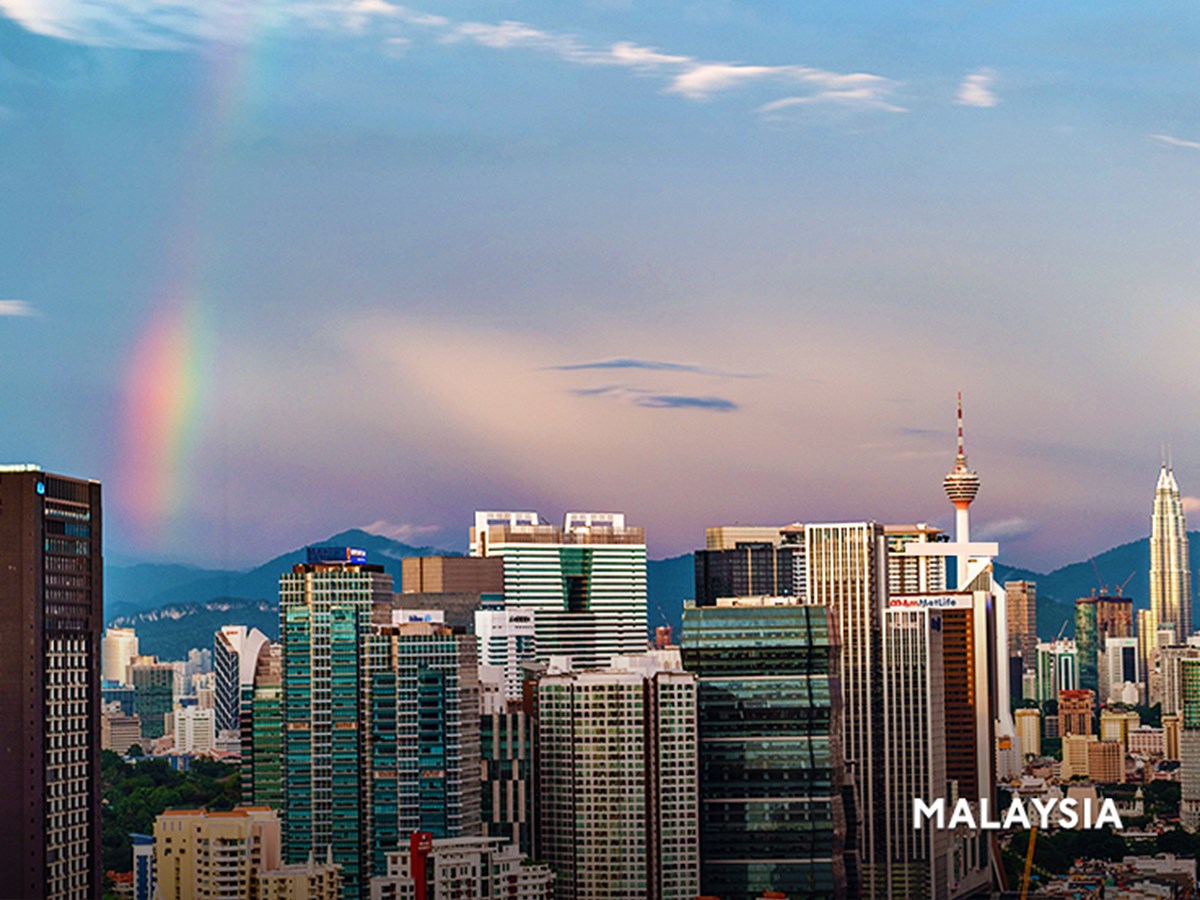
Malaysia introduces new Green Electricity Tariff scheme

On 23 November 2021, the Malaysian Government announced the launch of a Green Electricity Tariff (“GET”) scheme, where domestic and industrial electricity consumers in Peninsular Malaysia can opt for electricity generated from renewable energy sources such as hydropower and solar plants starting from 1 January 2022.
Minister for Energy and Natural Resources, Datuk Seri Takiyuddin Hassan, shared that the GET scheme will be offering 4,500 gigawatt-hours (GWh) of electricity generated from renewable energy sources annually which could be supplied to 600,000 housing units for a period of one month in Peninsular Malaysia. The GET scheme will replace the previous myGreen+ initiative.
Applications to subscribe to the GET scheme will be accepted from 1 December 2021, and eligible consumers will be able to start receiving electricity under the GET scheme from 1 January 2022 onwards.
myGreen+ Initiative
Previously, consumers receiving electricity from Tenaga Nasional Berhad (“TNB”) had the option of subscribing to the myGreen+ initiative.
Based on the Energy Commissions’ Guidelines for the myGreen+ scheme, TNB consumers would pay an additional premium on their monthly electricity bills. The premium would be calculated in blocks of 100,000 kWh at 8 cents per kWh. TNB would then match 100% of the consumer’s myGreen+ subscription by supplying electricity generated from renewable energy sources instead of natural gasses/coal-fired power plants, up to the “Green Energy Quota” prescribed by TNB from time to time.
In return, myGreen+ consumers receive a Green Consumer Certificate (“GCC”) issued by TNB. A GCC is a certificate issued by TNB to the myGreen+ Consumer for the subscription of green energy under the myGreen+ Scheme and differs from a Renewable Energy Certificate (“REC”) which is a certificate that represents the delivery of 1MWh of renewable energy to the grid and all associated environmental benefits of displacing 1MWh of conventional power.
GET Scheme
Whilst the Government has yet to release any official guidelines on the GET scheme, the GET scheme appears to operate on a similar premise to the myGreen+ initiative.
Like the myGreen+ initiative, it appears that the GET scheme is open only to TNB consumers. Under the GET scheme, TNB consumers would pay a premium on their electricity bill calculated at 3.7 cents per kWh in order to receive electricity generated from hydropower and solar energy sources.
Unlike the myGreen+ initiative, the Government has confirmed that GET scheme subscribers would be issued Malaysian RECs (“mREC”) and it has been reported that the mREC would be registered by an international certification body, presumably the International REC Standard. These RECs would likely be made tradeable on the Malaysia Green Attribute Tracking System (mGATS) marketplace and possibly other international marketplaces.
It remains to be seen how much electricity delivered from renewable energy sources under the GET scheme must first be consumed before an mREC would be issued. Typically, 1 REC is issued for the delivery of 1MWh (1,000 kWh) of renewable energy.
As at 23 November 2021, nine companies have already committed to source 100% of their electricity supply needs under the GET scheme. These companies include CIMB Bank Bhd, Dutch Lady Milk Industries Bhd, Nestlé (M) Bhd, TNB, Gamuda Bhd and HSBC Amanah Malaysia Bhd. The Ministry of Energy and Natural Resources itself has also committed to source 31% of the electricity supply needs at Wisma Sumber Asli under the GET scheme.
This article has been prepared with the assistance of Associates Bryan Wang Yung and Chin Zi Yuan.
